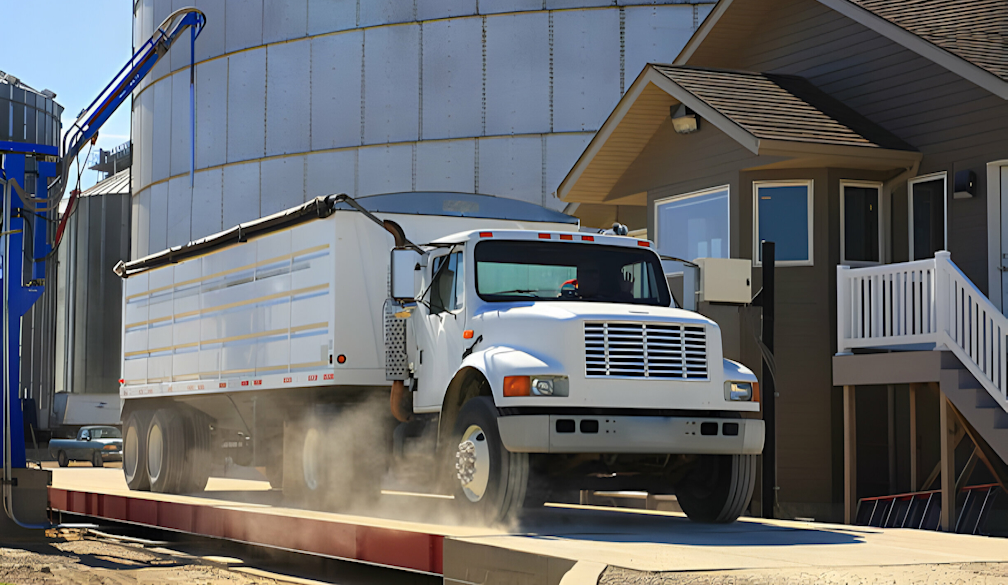Understanding the Real Cost of a Weighbridge or Truck Scale

Investing in a weighbridge management system makes your business more efficient, effective and compliant with regulations. But there’s more to it than that. So, read on to learn more about the complex costs of a weighbridge or truck scale.
Initial Purchase and Installation Costs
First, you must address the initial expenses, including procurement and installation. These costs can fluctuate significantly depending on factors such as size, capacity, material type, and technological specifications. Digital systems excel in accuracy and reliability but may require a higher upfront investment. However, these advanced technologies yield savings over time through minimised maintenance needs and operational efficiencies.
You cannot overlook the installation costs; these include site preparation, civil engineering works, and setting up ancillary equipment such as guide rails. They are critical parts of any project.
Weighbridge Management System
The weighbridge management system lies at the core of contemporary weighbridge operations. Its design integrates software that streamlines tasks, bolsters data accuracy, and guarantees adherence to regulatory benchmarks.
Despite incurring supplementary costs, this component proves essential due to enhanced operational efficiency. It provides real-time data access - a critical feature - and robust reporting capabilities within the comprehensive ecosystem of a functioning weighbridge. The weighbridge management system is crucial for preventing fraud and actively ensuring the transparency and accountability of every transaction.
Operational Expenses
Operational costs encompass a variety of ongoing expenses, including:
- Maintenance and Repairs: In order to ensure the truck scale has a long operational lifespan while staying reliable throughout, regular upkeep is critical. All major components require periodic checks and servicing.
- Calibration and Certification: In order to meet legal and industrial standards, you must regularly adjust your weighbridge’s measurement settings and certify it. This process ensures their accuracy and compliance with trade laws, a process that incurs costs in terms of both the calibration service and the potential downtime of the scale.
- Software Updates: Like any modern software, a weighbridge management system requires updates to maintain security, introduce new features, and improve functionality. Whether part of a subscription model or one-off purchases, these updates represent an ongoing cost.
Depreciation and Lifespan
Effective long-term financial planning relies on your grasp of the weighbridge or truck scale depreciation concept. Various factors, such as frequency of usage, maintenance practices and environmental conditions, dictate your weighbridge’s lifespan.
While your business can benefit from a well-preserved weighbridge for an extended period, its value will inevitably depreciate with time. Therefore, it is best to incorporate this depreciation in your accounting to strategise for future investments.
Hidden Costs and Considerations
Several less apparent factors can also affect the real cost of owning a weighbridge. These include:
- Environmental impact
- Technology integration
- Training
Conclusion
Investing in a weighbridge stretches far beyond the initial purchase. The weighbridge management system acts as an interface between expenditure and value. It provides a transparent route to regulatory compliance and bolsters operational efficiency – all while facilitating data-driven decision-making.
By comprehending these costs, you can ensure you make informed decisions for your business. You also sidestep surprises and lay fertile ground for profitable operations bolstered by reliable, efficient weighbridge technology.








